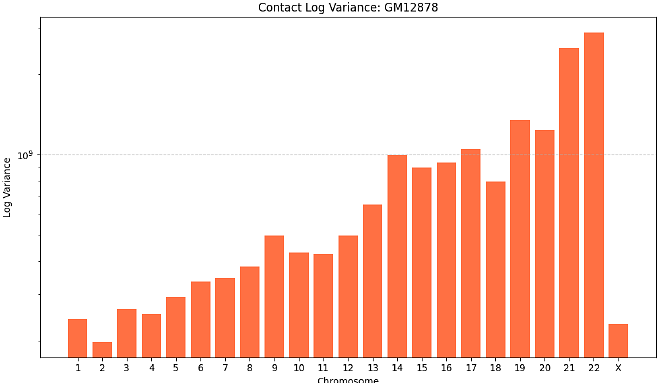GAT-HiC: Efficient Reconstruction of 3D Chromosome Structure via Residual Graph Attention Neural Networks

GAT-HiC: Efficient Reconstruction of 3D Chromosome Structure via Residual Graph Attention Neural Networks
Kaya, B.; Sefer, E.
AbstractHi-C is an experimental technique to measure the genome-wide topological dynamics and three-dimensional (3D) shape of chromosomes indirectly via counting the number of interactions between distinct sets of loci. One can estimate the 3D shape of a chromosome over these indirect interaction datasets. Here, we come up with graph attention and residual network-based GAT-HiC to predict three-dimensional chromosome structure from Hi-C interactions. GAT-HiC is distinct from the existing 3D chromosome shape prediction approaches in a way that it can generalize to data that is different than train data. So, we can train GAT-HiC on one type of Hi-C interaction matrix and infer on a completely dissimilar interaction matrix. GAT-HiC combines the unsupervised vertex embedding method Node2vec with an attention-based graph neural network when predicting each genomic locis three-dimensional coordinates from Hi-C interaction matrix. We test the performance of our method across multiple Hi-C interaction datasets, where a trained model can be generalized across distinct cell populations, distinct restriction enzymes, and distinct Hi-C resolutions over human and mouse. GAT-HiC can reconstruct accurately in all these scenarios. Our method outperforms the existing approaches in terms of the accuracy of three-dimensional chromosome shape inference over interaction datasets.